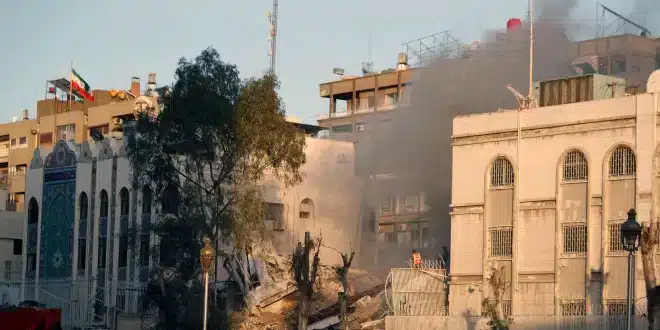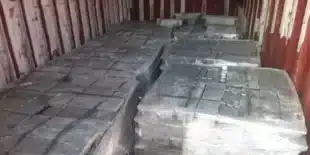Recent satellite images indicate that Israel may have conducted a retaliatory strike targeting a radar system for a Russian-made air defense battery in Iran’s central city of Isfahan. This contradicts Iran’s repeated denials of any damage resulting from the assault.
The strike seemingly targeted an S-300 radar, suggesting more significant damage than Iran’s previous attack on Israel. Iranian officials, including Supreme Leader Ayatollah Ali Khamenei, have been avoiding discussions about the attack’s impact.
Analysts suggest that both Iran and Israel are attempting to de-escalate tensions amidst ongoing conflicts. However, targeting Iran’s most advanced air defense system, crucial for protecting its nuclear sites, sends a clear message, according to experts.
The precision of the strike highlights Israel’s capability to penetrate Iran’s air defense systems. Satellite images show burn marks near Isfahan’s airport, indicating damage to the deployment point of the air defense system.
Iran initially downplayed the attack, describing it as a series of small drones. However, evidence suggests Israeli fighter jets launched missiles from Syria into Iraq before targeting Isfahan.
Despite Iran’s denials, evidence of damage to the radar system raises questions about its defensive capabilities. The incident underscores the challenges Iran faces in obtaining advanced weapons due to international scrutiny.
Iran’s relationship with Russia has strengthened in recent years, with Moscow providing military assistance, including drones and combat aircraft. Iran’s pursuit of newer weapons highlights its desire to maintain military relevance on the global stage.


